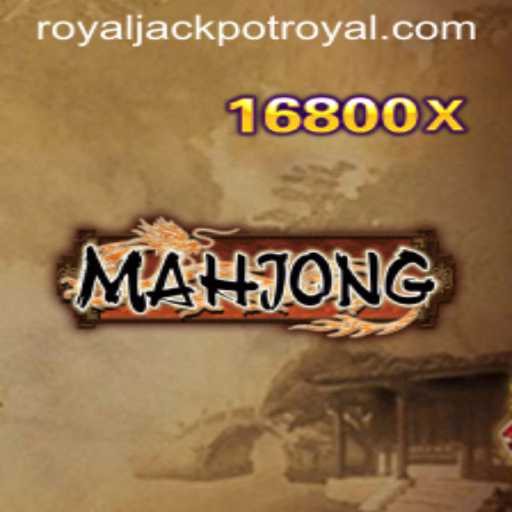Exploring the Intricacies of Mahjong
Mahjong is a fascinating game that has captured the hearts of millions around the world. Originating in ancient China, it was initially a game played by the elite and aristocrats but has since transcended cultural and geographical boundaries to become a global sensation. It is often associated with its enticing promise of challenge and strategy, similar to the intrigue of a royal jackpot—a term symbolizing grand success or winning against the odds.
The Game of Mahjong: A Historic Overview
Mahjong is believed to have been developed during the Qing dynasty, although its precursors might have existed long before. Traditionally played with a set of 144 tiles based on Chinese characters and symbols, it is a game that not only demands skill from its players but requires keen strategic thinking to outmaneuver opponents. Each tile deck contains three suits—bamboo, characters, and circles—alongside honor tiles like winds and dragons that add layers of complexity to the gameplay.
Introduction to Mahjong
The beauty of Mahjong lies in its complexity and immersive experience. Though it may seem daunting to newcomers, the initial challenge is part of the game's irresistible appeal. Typically played with four players, the goal is to draw and discard tiles to form a complete hand, usually consisting of sets and pairs known as Pungs, Kongs, and Chows, which are akin to poker hands.
With the advent of modern technology, Mahjong has become more accessible through digital platforms. This online adaptation of the game retains its traditional charm while adding features that appeal to a new generation of players. This expansion into the digital realm has likened Mahjong to competing for a royal jackpot—a thrilling pursuit filled with excitement and the promise of immense gratification through skillful play.
The Rules of Mahjong
While there are many regional variations, the basic rules of Mahjong remain consistent. The game begins with shuffling the 144 tiles face down and building a square wall two tiles high and eighteen tiles long on all four sides. Each player then draws 13 tiles, with the dealer taking 14.
Game progression involves players taking turns to draw and discard tiles, aiming to build a complete hand of 14 tiles, traditionally comprising four sets and a pair. Sets can be triplets (Pung), quadruplets (Kong), or sequences (Chow) of tiles. Strategy is key as players must decide which tiles to keep and which to discard, constantly adapting to the evolving gameplay.
A player declares 'Mahjong' upon completing a legal hand. Points are then calculated based on the hand’s complexity, rarity, and forms, with bonus points for hidden sets or specific tile combinations. Accumulation of such points mirrors the concept of striving for a royal jackpot, with the ultimate aim to outscore adversaries and establish dominance at the table.
Current Events: Mahjong in Modern Times
Today’s Mahjong is experiencing a resurgence, magnified by its availability in digital format. Online platforms allow players worldwide to engage in live matches, preserving cultural heritage while fostering connectivity across distances. Its popularity is such that leagues and international tournaments draw participants globally, ensuring Mahjong's enduring legacy.
Organizations have taken note of Mahjong's appeal, incorporating innovative iterations like 'Mahjong Royale' tournaments. These competitions add excitement by mimicking the unpredictability and exhilaration of a royal jackpot, where the stakes and the rewards are equally high, and every move matters.
The Strategic Allure of Mahjong
Mahjong requires more than just an understanding of rules; it demands strategic foresight and adaptability. Players must calculate risks, anticipate opponents' moves, and time their decisions perfectly. It's a game where patience is rewarded and intuition honed, much like the anticipation one experiences while pursuing a significant jackpot in high-stakes settings.
Many seasoned players attribute their success to meticulously observing opponents' discards, enabling them to predict strategies and adapt accordingly. This aspect of psychological play adds another dimension to Mahjong's complexity and entertainment, keeping both novices and veterans engaged.








